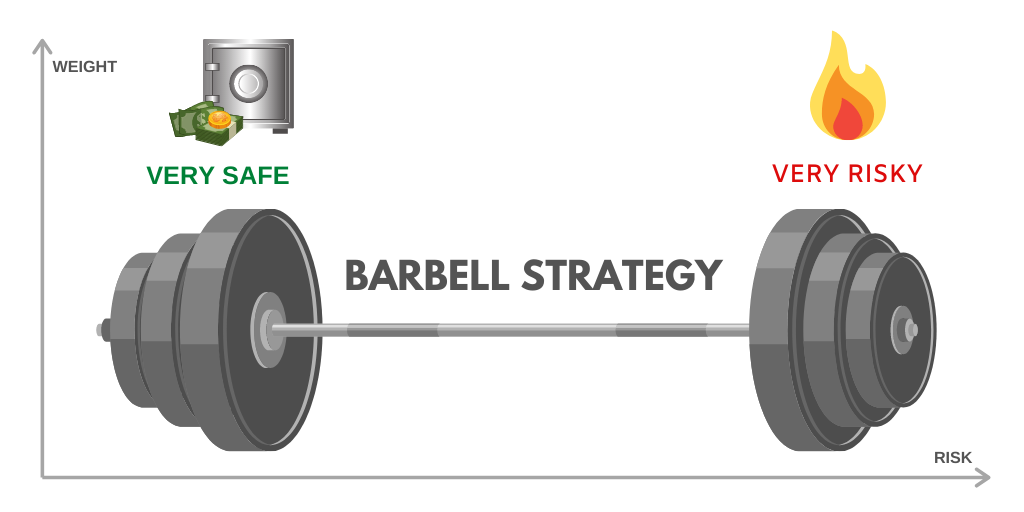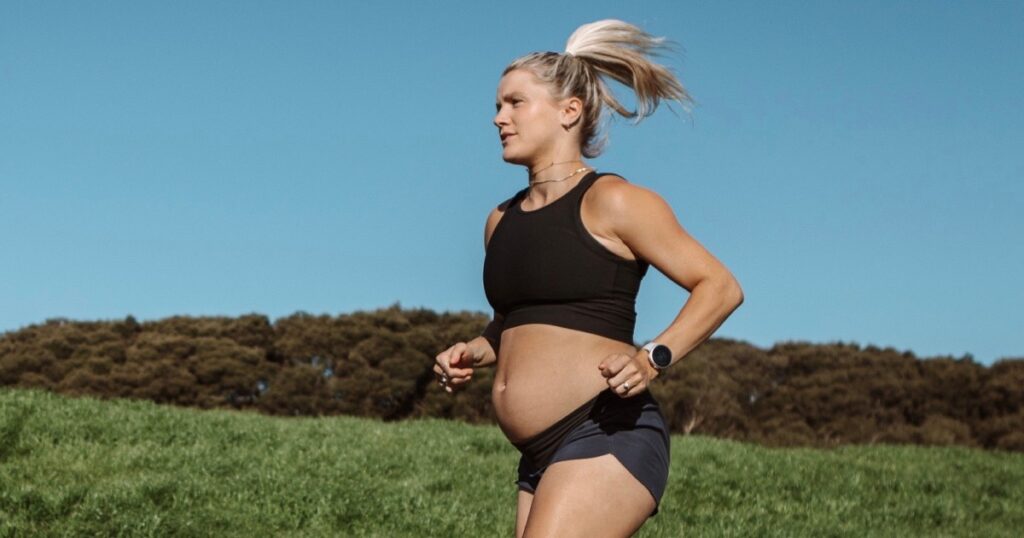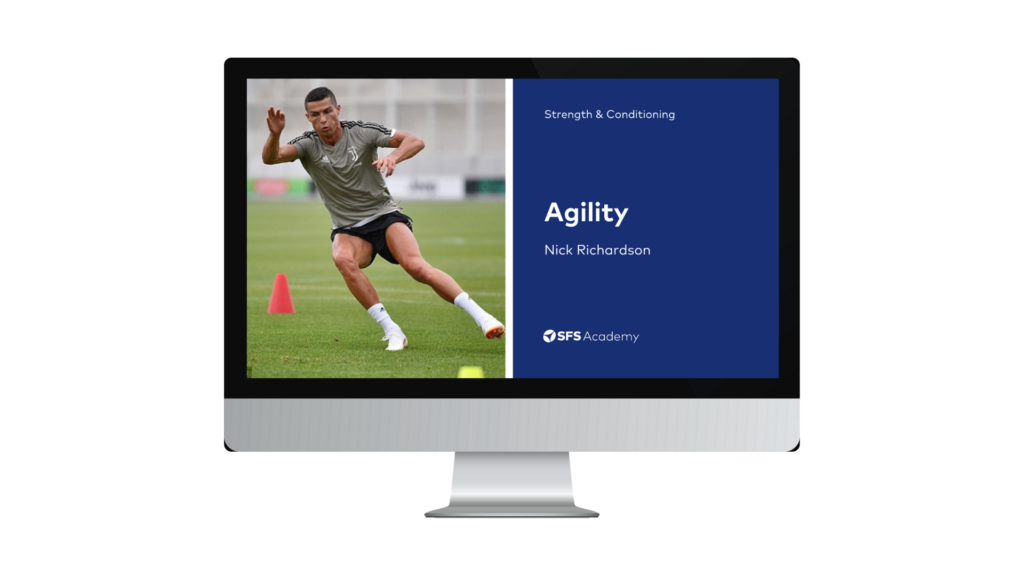This week in the world of sports science, here’s what happened…
- New wearable technology to monitor hydration?
- Maximising injury risk in training?
- Long-duration exercise during pregnancy?
New wearable technology to monitor hydration?

A new form of technology for monitoring hydration levels is set to be launched. WearOptimo, a medical equipment manufacturing company, has developed an artificial intelligence-powered and pain-free wearable sensor that continuously monitors hydration status.
In an interview, WearOptimo’s CEO, Professor Mark Kendall, elaborates on the functioning of this wearable technology. The device, which attaches to the skin like a sticker, employs microelectrodes to facilitate ongoing hydration monitoring. According to Professor Kendall, clinical trials have demonstrated that the WearOptimo sensor surpasses the gold standard of serum osmolality, typically obtained through blood draws, in accurately assessing mild dehydration levels.
The intention behind the WearOptimo wearable sensor is to heighten awareness regarding the negative consequences of chronic mild dehydration, which can reduce life expectancy by four years and increase the risk of dementia by nearly 50%. The initial commercial rollout will target elite athletes and military personnel, as these groups are likely to benefit most from precise hydration monitoring.
It will be interesting to see in the coming months if the WeabOptimo sensor gains popularity in the sporting world or fails to catch on. If it does, you heard it here first! If you would like to learn more about this topic, check out our blog “Hydration Testing” and our course “Hydration”.
Maximising injury risk in training?

Recently, esteemed football S&C coach Lasse Sievers sparked an intriguing discussion on LinkedIn by asking, “Should we maximise injury risk in training?”
Drawing on the insights of Nassim Nicholas Taleb, Sievers argues that experiencing chaos, disruption, and stress is beneficial for humans. He cites strength training as an example, where the initial muscle damage caused by training ultimately leads to long-term adaptation and increased strength. Thus, Sievers believes that striking the right balance between minimising and maximising risks can help athletes become more resilient and thrive under pressure.
He identifies risk-minimising activities like strength and mobility training, which contribute to building a more resilient body and prevent “catastrophic failures”.
Oppositely, he highlights risk-maximising activities, such as sprinting under fatigue, unpredictable landings, and intense duels. While these activities come with a heightened risk of injury, Sievers believes that regular exposure to high-risk activities will enhance an athlete’s robustness, ultimately reducing injury risk over time.
This thought-provoking concept (click here) from Sievers is worth exploring further for anyone interested in the intricate balance between minimising and maximising risk. So, what’s your take? Have we, as an industry, become too reliant on risk-minimising strategies while overlooking the benefits of embracing riskier training methods?
Long-duration exercise during pregnancy?

It is widely recognised that participating in physical activity during pregnancy is both safe and beneficial. However, there has been limited research focusing specifically on long-duration exercise during this period. A recent study sought to fill this gap.
The study findings revealed that pregnant women, specifically those in their third trimester who engaged in more than 300 minutes of endurance exercise each week, experienced a reduction in the odds of delivery complications. On the flip side, this level of activity was also linked to a higher likelihood of developing diastasis recti abdominis postpartum, a common condition where the rectus abdominis muscles separate due to stretching during pregnancy.
Overall, the study suggests that endurance training exceeding 300 minutes per week is generally well-tolerated among active individuals and can help lower the risk of delivery complications. Nonetheless, it’s essential to stay aware of the potential for diastasis recti abdominis postpartum.
If you would like to learn more about training during pregnancy, check out our blog: Pregnancy Exercise Guidelines: How Should Pregnant Athletes Train?
From us this week:
>> New course: Profiling ACL Injuries
>> New podcast: What It Really Takes: A Look at Life as a Professional Footballer
>> New infographic: Protein: Role & Function In Human Body
>> New article: Hydrotherapy
Access to a growing library of sports science courses
SFS Academy is an all-access membership to premium sports science education.
With SFS Academy, you’ll learn from some of the best coaches around the world as they teach you how to apply the latest research and practice with your athletes.




